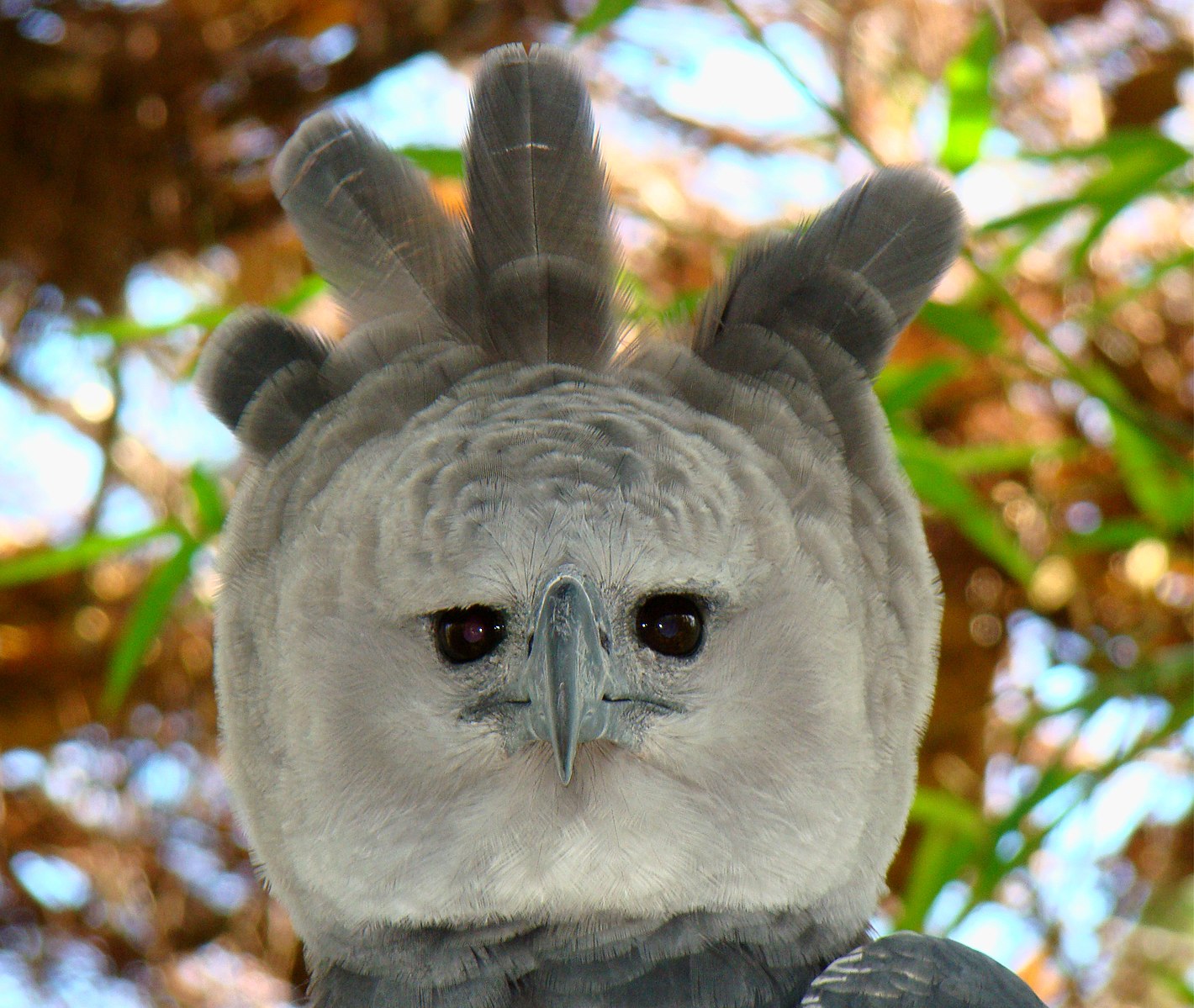No, there are no Harpy Eagles in Missouri. Harpy Eagles are a large and powerful bird of prey found in the tropical rainforests of Central and South America, but they are not native to the United States, including the state of Missouri.
Native Eagles in Missouri
While Missouri is home to two species of eagles, the Bald Eagle and the Golden Eagle, the Harpy Eagle is not one of them. Let’s take a closer look at the eagles that can be found in the state of Missouri.
Bald Eagle
The Bald Eagle is the national bird and symbol of the United States, and it can be found in various parts of Missouri. These majestic birds can be seen year-round in the state, with a small population residing there. During the winter months, the Bald Eagle population in Missouri increases as migratory eagles follow the southern migration of geese.
Some of the best places to spot Bald Eagles in southwest Missouri include:
- Springfield
- Branson
- Various state parks and wildlife refuges
The Missouri Department of Conservation (MDC) hosts Eagle Days events throughout the state, providing opportunities for the public to learn about and observe Bald Eagles in their natural habitat. These events typically occur during the winter months when eagle populations are at their highest.
Golden Eagle
The Golden Eagle is a rare sight in Missouri, with only a few individuals wintering in the state. These large birds of prey are more commonly found in the western United States and Canada.
Habitat and Characteristics of Harpy Eagles
 Image source: Harpy Eagle by Bjørn Christian Tørrissen
Image source: Harpy Eagle by Bjørn Christian Tørrissen
Harpy Eagles are one of the largest and most powerful birds of prey in the world. They are native to the tropical rainforests of Central and South America, particularly in countries like Brazil, Mexico, and Panama.
Harpy Eagles have the following characteristics:
- Massive size: They can have a wingspan of up to 7 feet and weigh up to 20 pounds.
- Powerful talons: Their talons are the largest of any living eagle, capable of crushing the skull of a monkey or sloth.
- Distinctive appearance: Harpy Eagles have a distinctive crest on their head and a dark gray back with a white underside.
- Prey: They primarily feed on medium-sized mammals such as sloths, monkeys, and small deer.
Harpy Eagles are known for their impressive hunting skills and are considered apex predators in their native rainforest habitats. However, they are classified as Near Threatened on the IUCN Red List due to habitat loss and hunting.
Why Harpy Eagles Are Not Found in Missouri
Harpy Eagles are not found in Missouri for several reasons:
-
Habitat Preference: Harpy Eagles are adapted to live in the dense, tropical rainforests of Central and South America. Missouri’s climate and ecosystem are vastly different, with a temperate climate and a mix of deciduous forests, prairies, and wetlands.
-
Geographic Range: The natural range of Harpy Eagles is limited to the tropical regions of the Americas, primarily in countries like Brazil, Mexico, and Panama. Missouri is located in the central United States, far outside the natural distribution of this species.
-
Climate Suitability: Harpy Eagles require a warm, humid climate to thrive. Missouri’s climate, with its distinct seasons and occasional harsh winters, is not suitable for the survival of this tropical species.
-
Prey Availability: Harpy Eagles primarily feed on medium-sized mammals such as sloths, monkeys, and small deer. These prey species are not native to Missouri, and the ecosystem does not support the same diversity of large mammalian prey that Harpy Eagles require.
In conclusion, while Missouri is home to two species of eagles, the Bald Eagle and the Golden Eagle, the Harpy Eagle is not found in the state. This majestic bird of prey is native to the tropical rainforests of Central and South America and is not adapted to the climate, habitat, and prey availability of Missouri.


